WESTERN ASIATIC CYCLADIC IDOL Early Cycladic II Period, 3rd millennium BC A marble head from a Cycladic figure, with long slender head with flattened top arching back slightly, long nose and long slender neck; mounted on a custom-made stand. 496 grams total, 14cm including stand (5 1/2"). Condition Fine condition. Condition report [Click to show] This information is available to our registered clients. Please Log In to view. Provenance Ex an important collection; from a Mayfair gallery in the 1990s, and duplicates from the Ian Woodner collection, New York (he amassed a large group of Cycladic works of art before his death in 1990, some of his collection is exhibited in the National Gallery of Art, Washington DC). Literature For a similar piece see The Metropolitan Museum of Art, accession number 64.246. For a discussion on Cycladic art see, Stampolidis, N. and Sotirakopoulou, P. Aegean Waves: Artworks of the Early Cycladic Culture in the Museum of Cycladic Art at Athens, Milan, 2008. Footnotes The Cycladic islands of the Aegean achieved a certain level of prosperity due to the wealth of natural resources on the islands such as gold, silver, copper, obsidian and marble. This prosperity allowed for a flourishing of the arts and the uniqueness of Cycladic art is perhaps best illustrated by their clean-lined and minimalist sculpture which is among the most distinctive art produced throughout the Bronze Age Aegean. Most of the figures were sculpted from slim rectangular pieces of marble using an abrasive such as emery. There are on occasion surviving traces of colour on some statues which was used to highlight details such as hair in red and black and facial features were also painted onto the sculpture such as eyes. Representations of the mouth, however, are very rare on Cycladic sculpture. Their most likely function is as some sort of religious idol and the predominance of female figures, sometimes pregnant, suggests a fertility deity. Supporting this view is the fact that figurines have been found outside of a burial context at settlements on Melos, Kea and Thera. Alternatively, precisely because the majority of figures have been found in graves, perhaps they were guardians to, or representations of, the deceased. Indeed, there have been some finds of painting materials along with figures in graves which would suggest that the painting process may have been a part of the burial ceremony.
WESTERN ASIATIC CYCLADIC IDOL Early Cycladic II Period, 3rd millennium BC A marble head from a Cycladic figure, with long slender head with flattened top arching back slightly, long nose and long slender neck; mounted on a custom-made stand. 496 grams total, 14cm including stand (5 1/2"). Condition Fine condition. Condition report [Click to show] This information is available to our registered clients. Please Log In to view. Provenance Ex an important collection; from a Mayfair gallery in the 1990s, and duplicates from the Ian Woodner collection, New York (he amassed a large group of Cycladic works of art before his death in 1990, some of his collection is exhibited in the National Gallery of Art, Washington DC). Literature For a similar piece see The Metropolitan Museum of Art, accession number 64.246. For a discussion on Cycladic art see, Stampolidis, N. and Sotirakopoulou, P. Aegean Waves: Artworks of the Early Cycladic Culture in the Museum of Cycladic Art at Athens, Milan, 2008. Footnotes The Cycladic islands of the Aegean achieved a certain level of prosperity due to the wealth of natural resources on the islands such as gold, silver, copper, obsidian and marble. This prosperity allowed for a flourishing of the arts and the uniqueness of Cycladic art is perhaps best illustrated by their clean-lined and minimalist sculpture which is among the most distinctive art produced throughout the Bronze Age Aegean. Most of the figures were sculpted from slim rectangular pieces of marble using an abrasive such as emery. There are on occasion surviving traces of colour on some statues which was used to highlight details such as hair in red and black and facial features were also painted onto the sculpture such as eyes. Representations of the mouth, however, are very rare on Cycladic sculpture. Their most likely function is as some sort of religious idol and the predominance of female figures, sometimes pregnant, suggests a fertility deity. Supporting this view is the fact that figurines have been found outside of a burial context at settlements on Melos, Kea and Thera. Alternatively, precisely because the majority of figures have been found in graves, perhaps they were guardians to, or representations of, the deceased. Indeed, there have been some finds of painting materials along with figures in graves which would suggest that the painting process may have been a part of the burial ceremony.
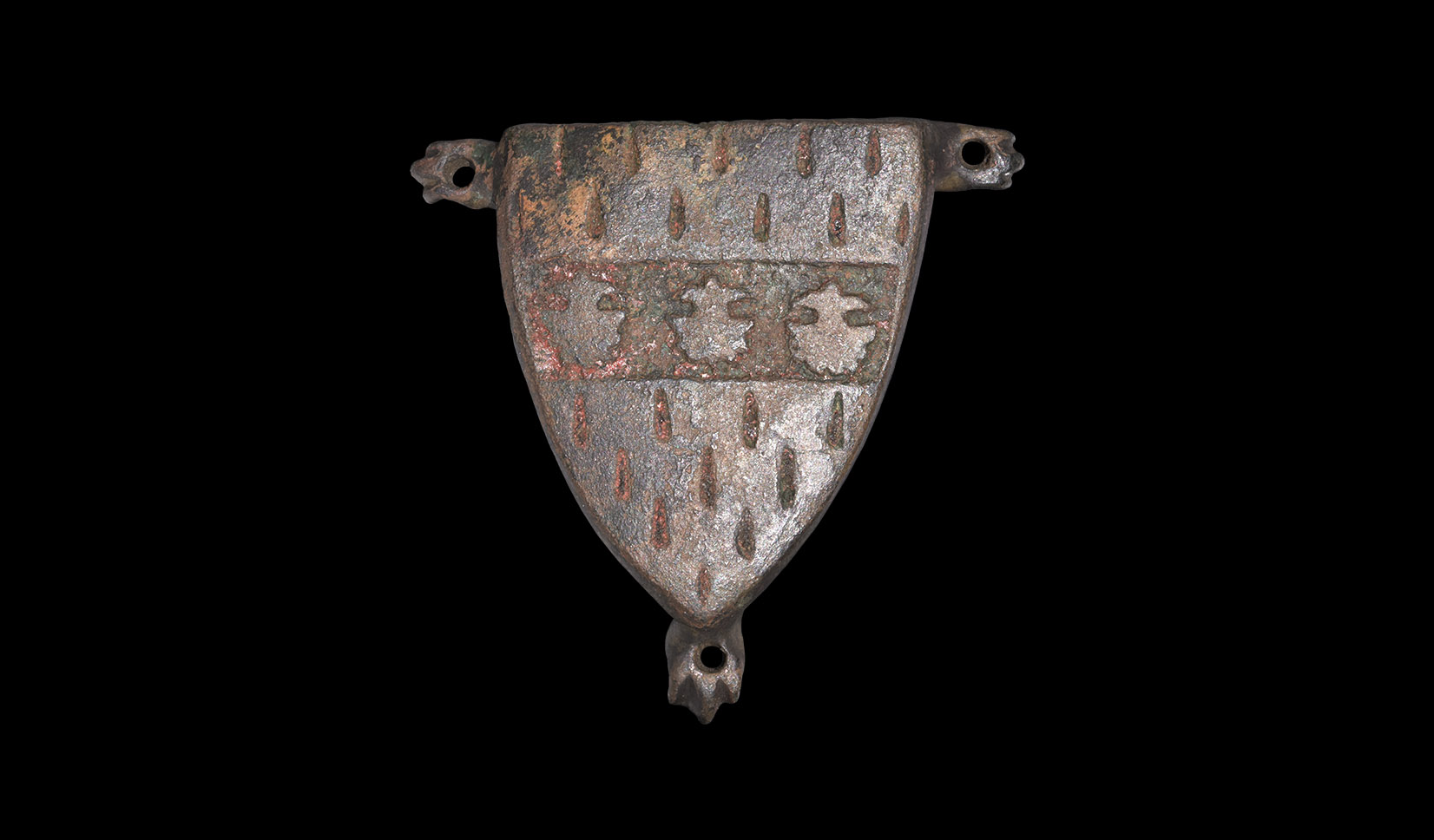
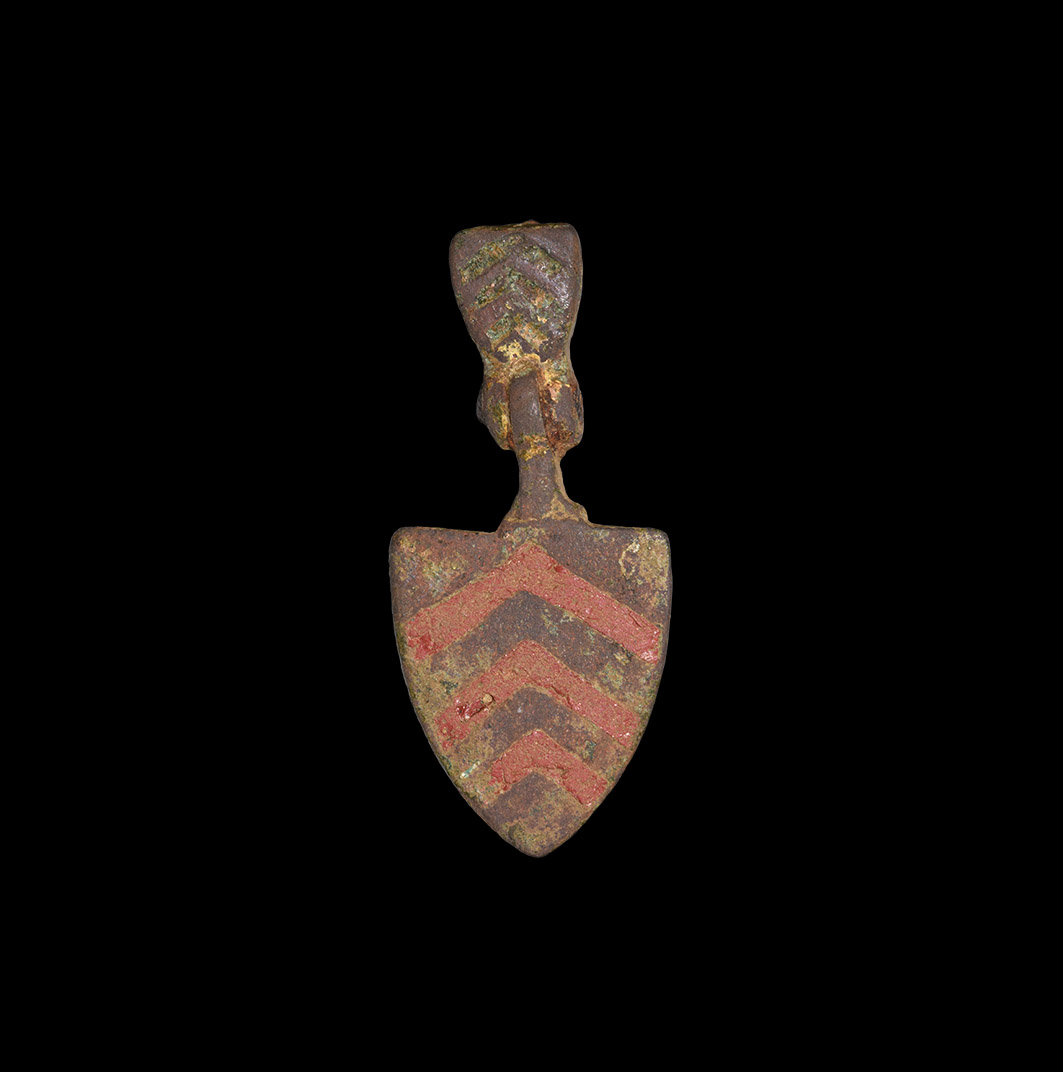
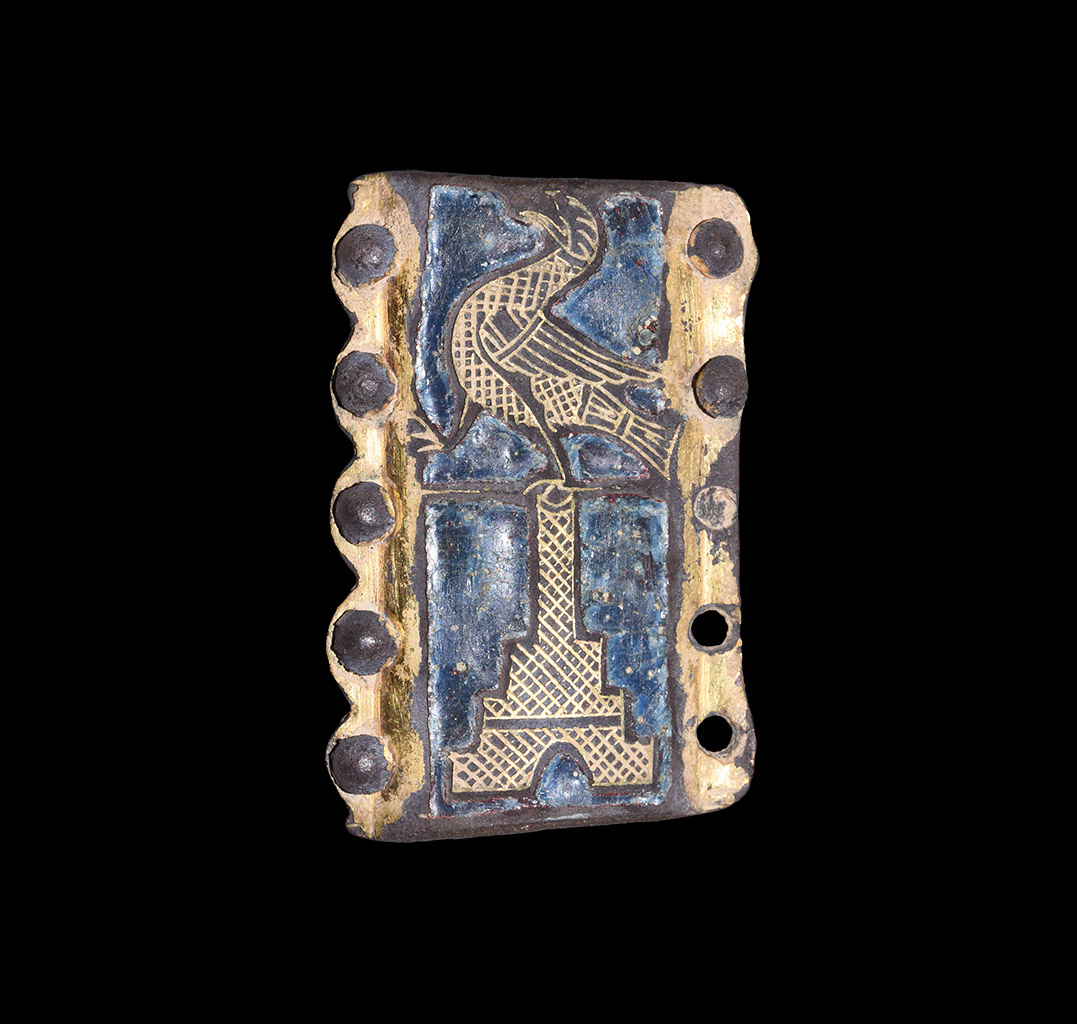
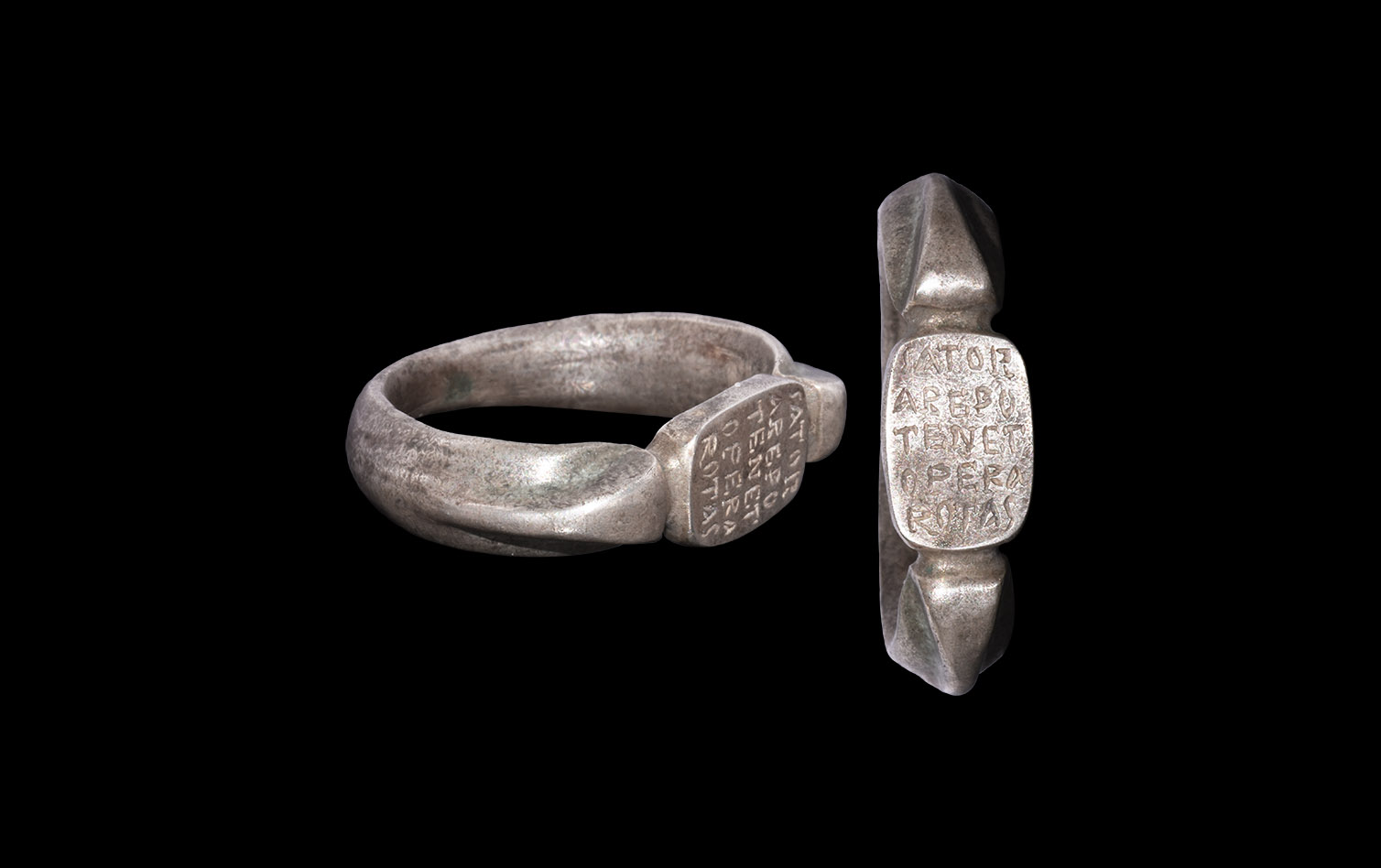
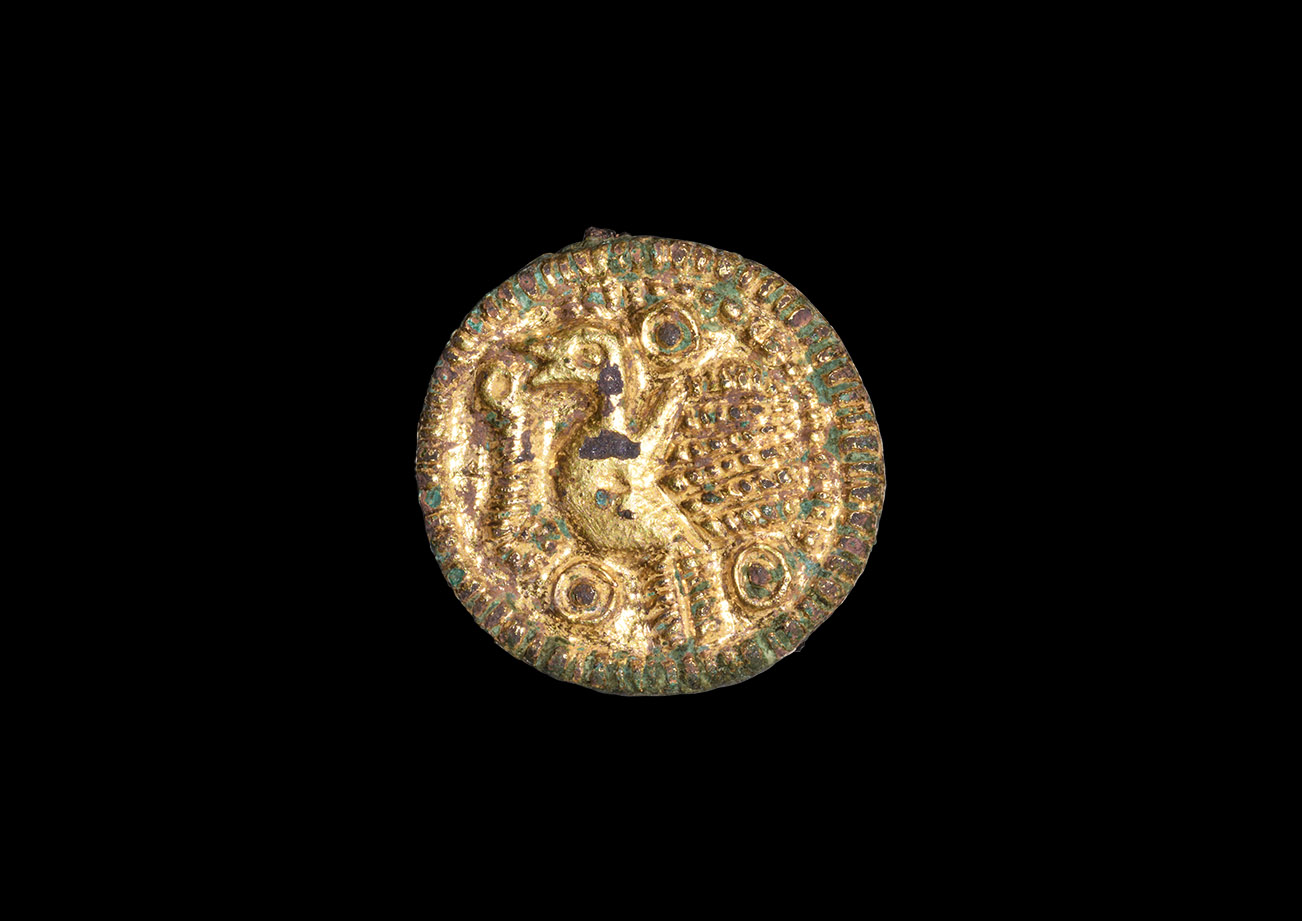
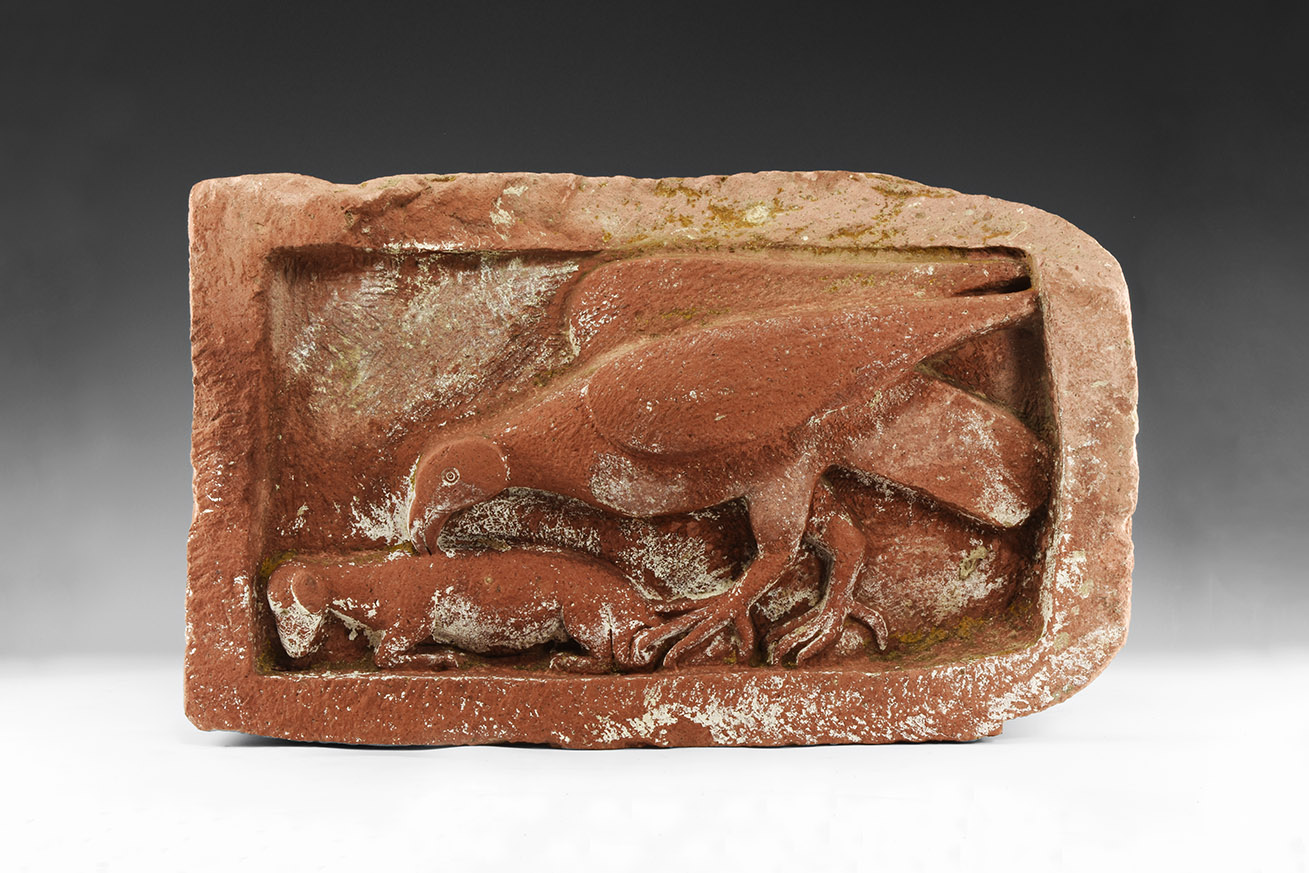
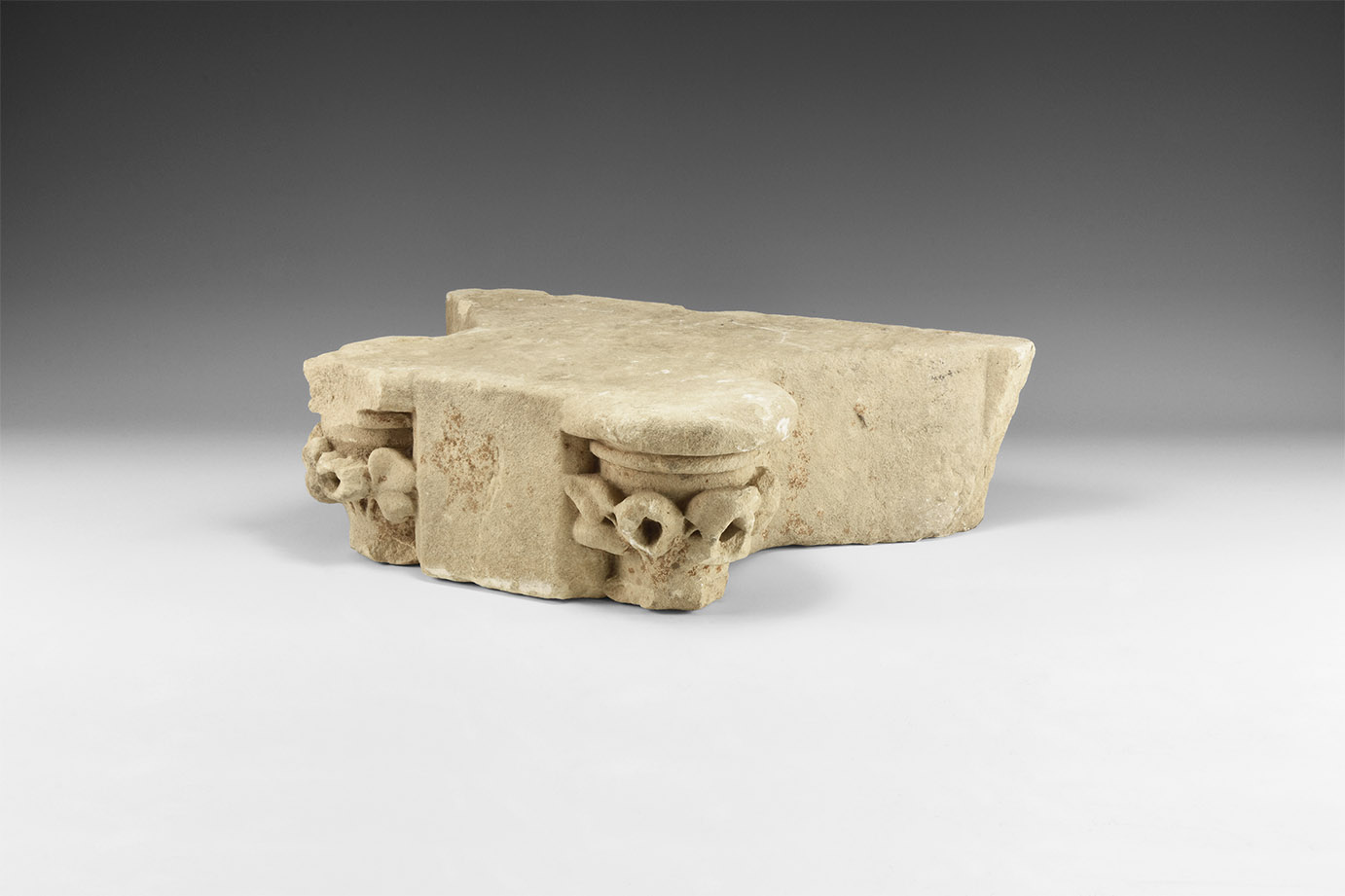
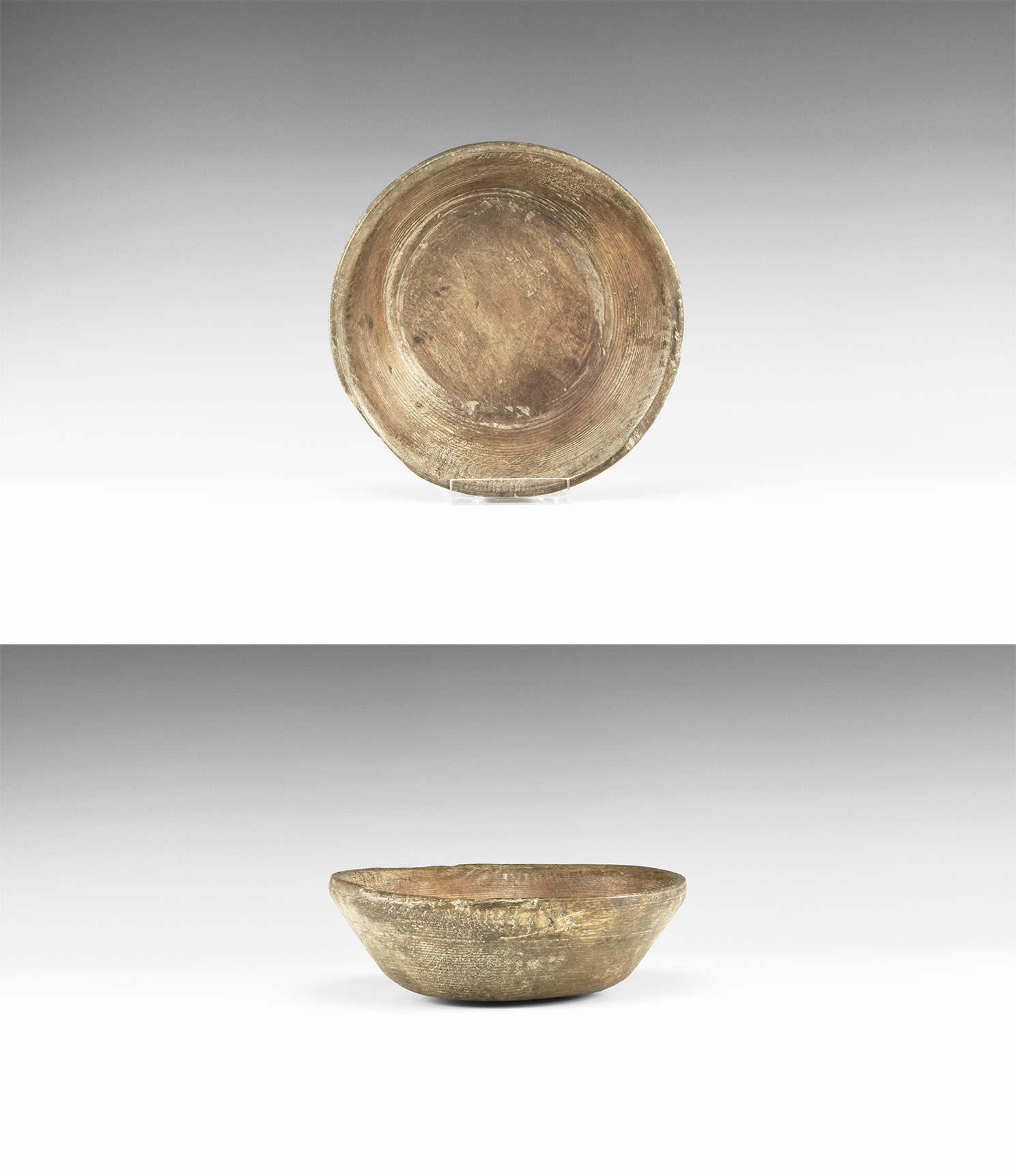
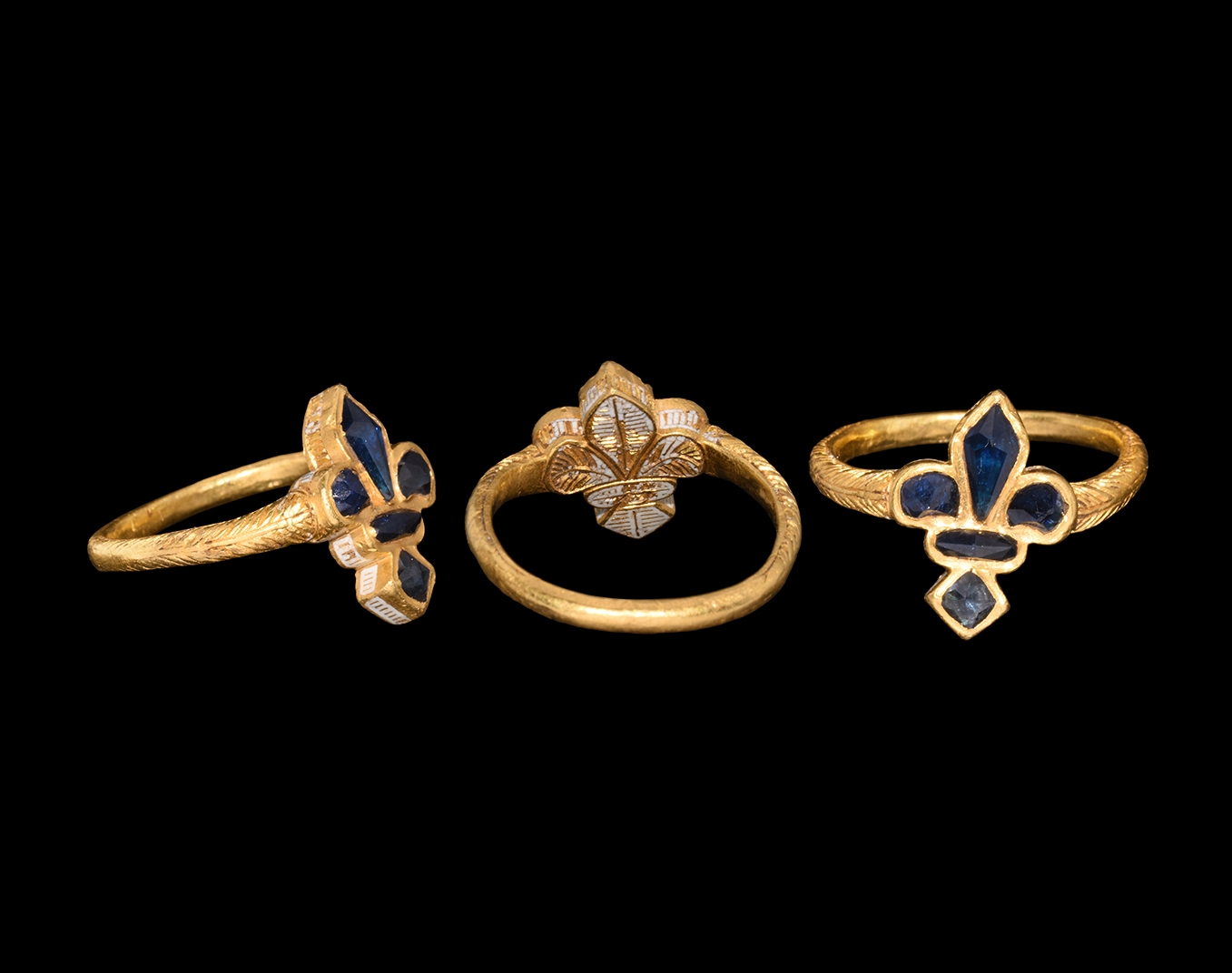
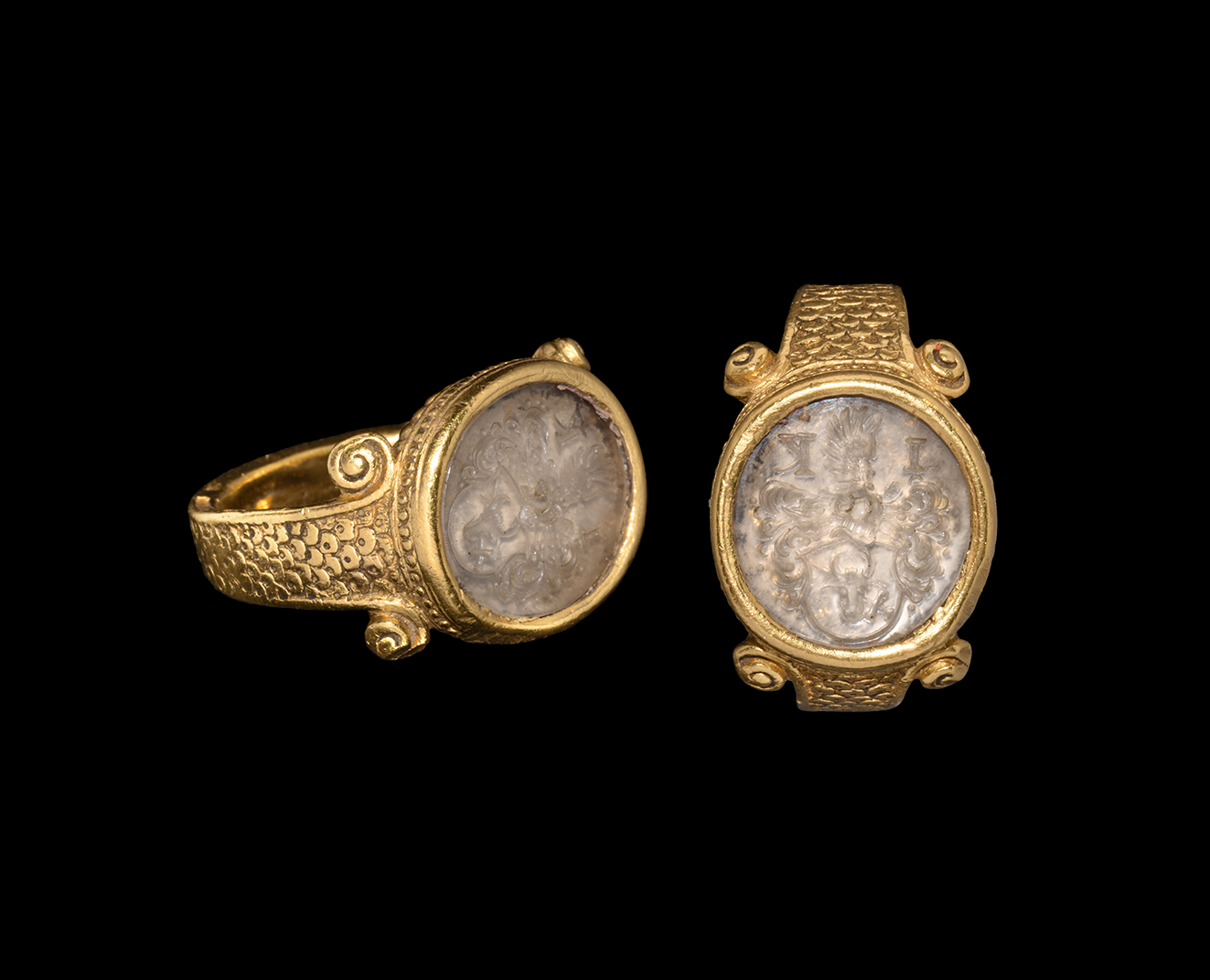
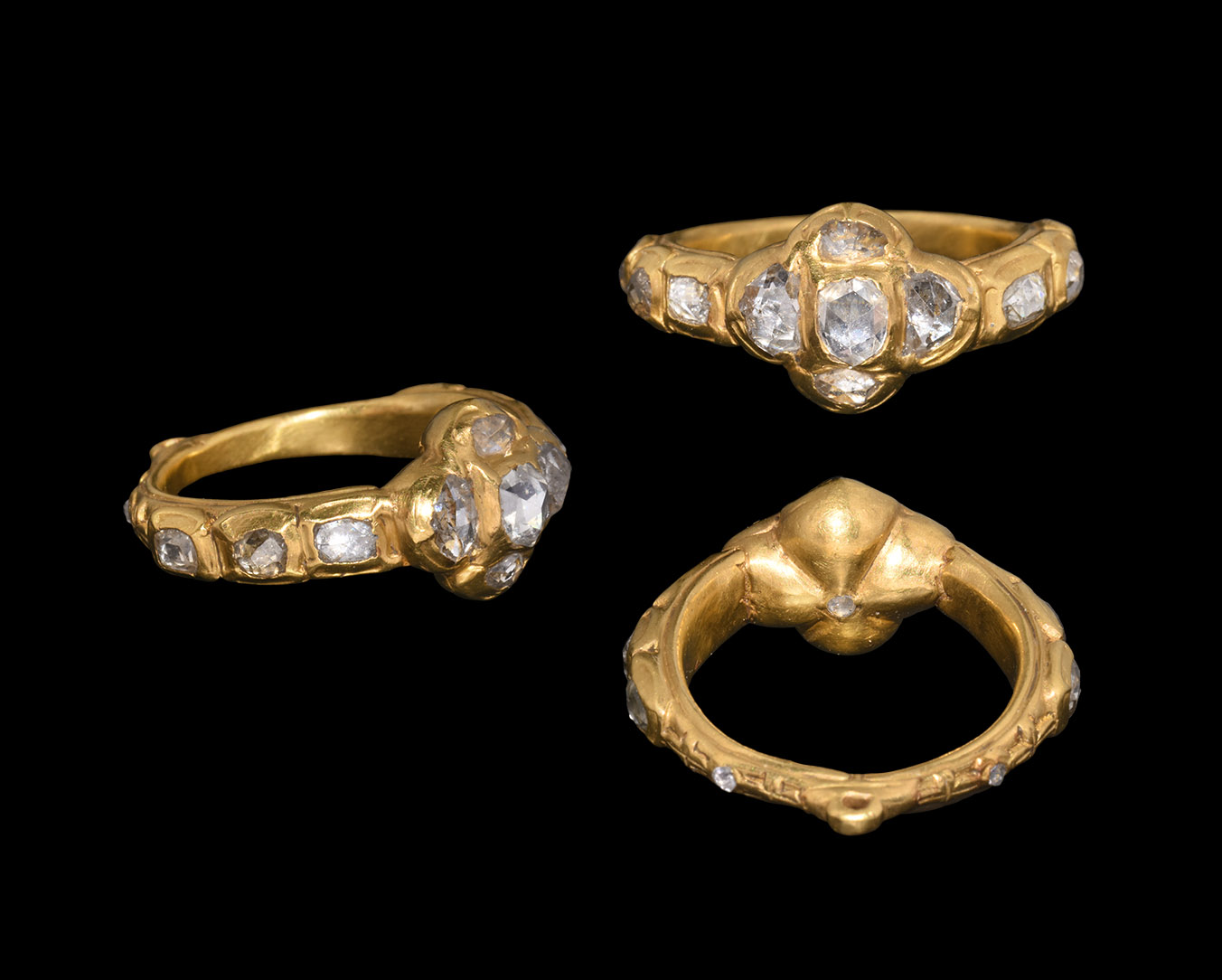
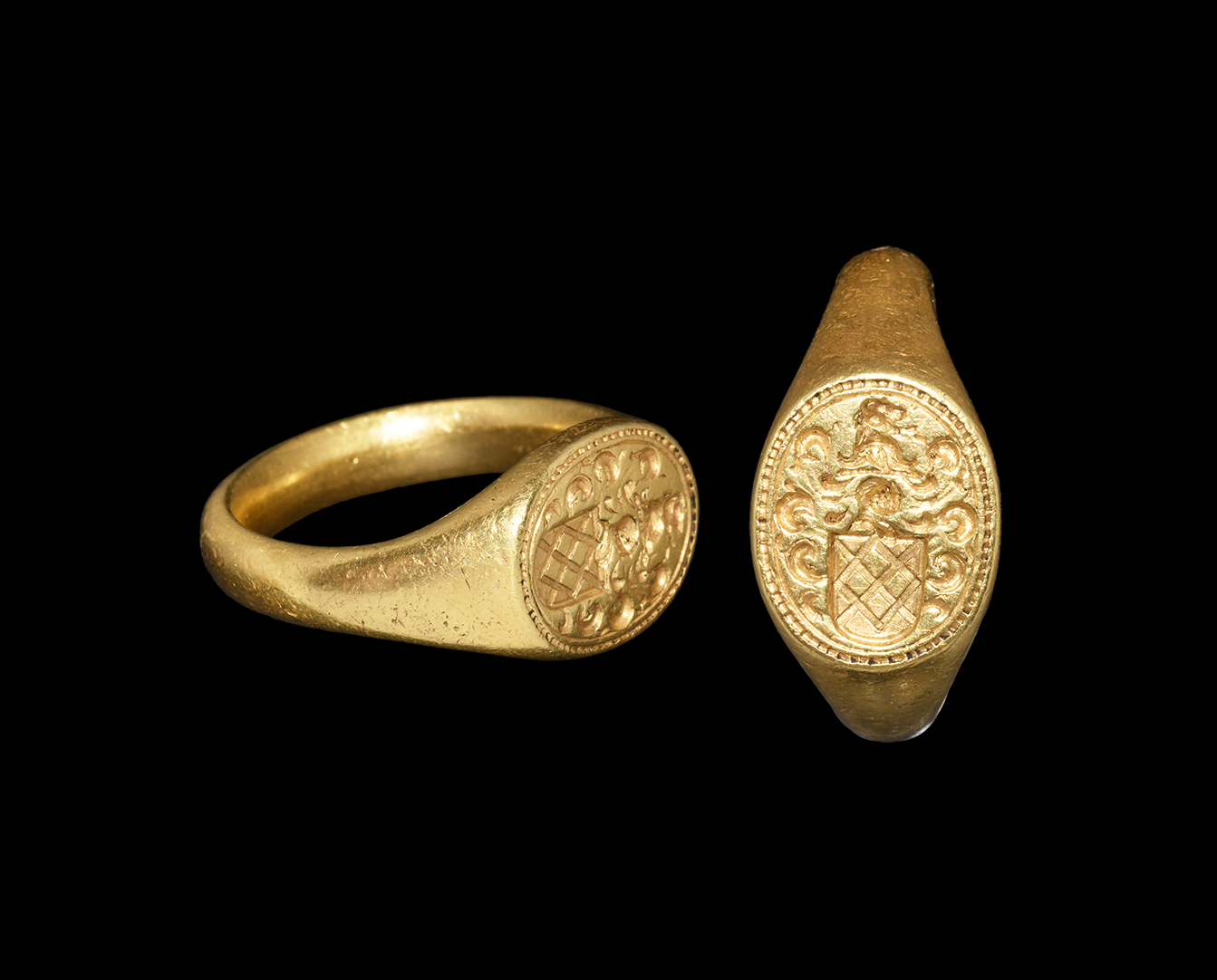
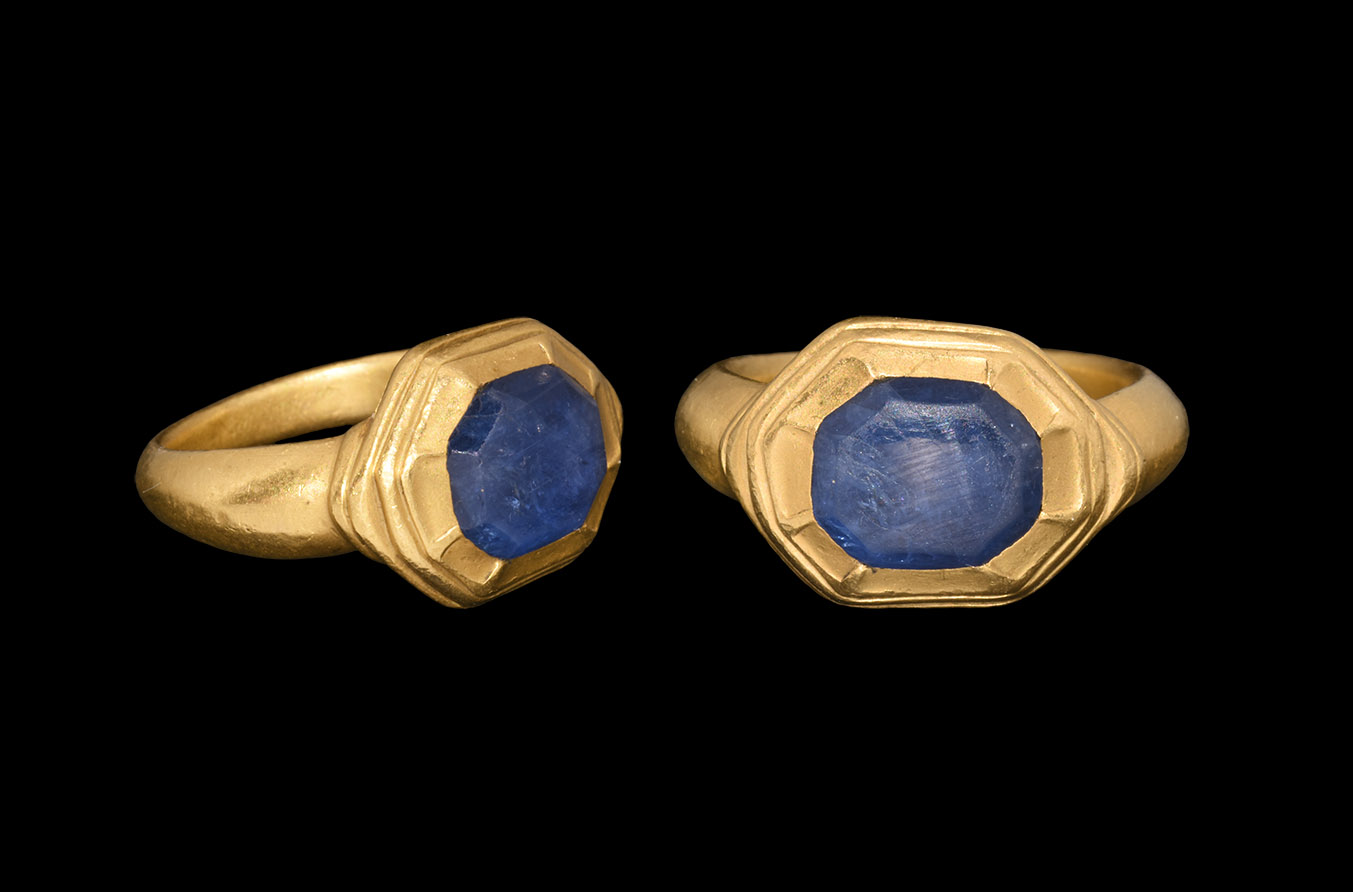
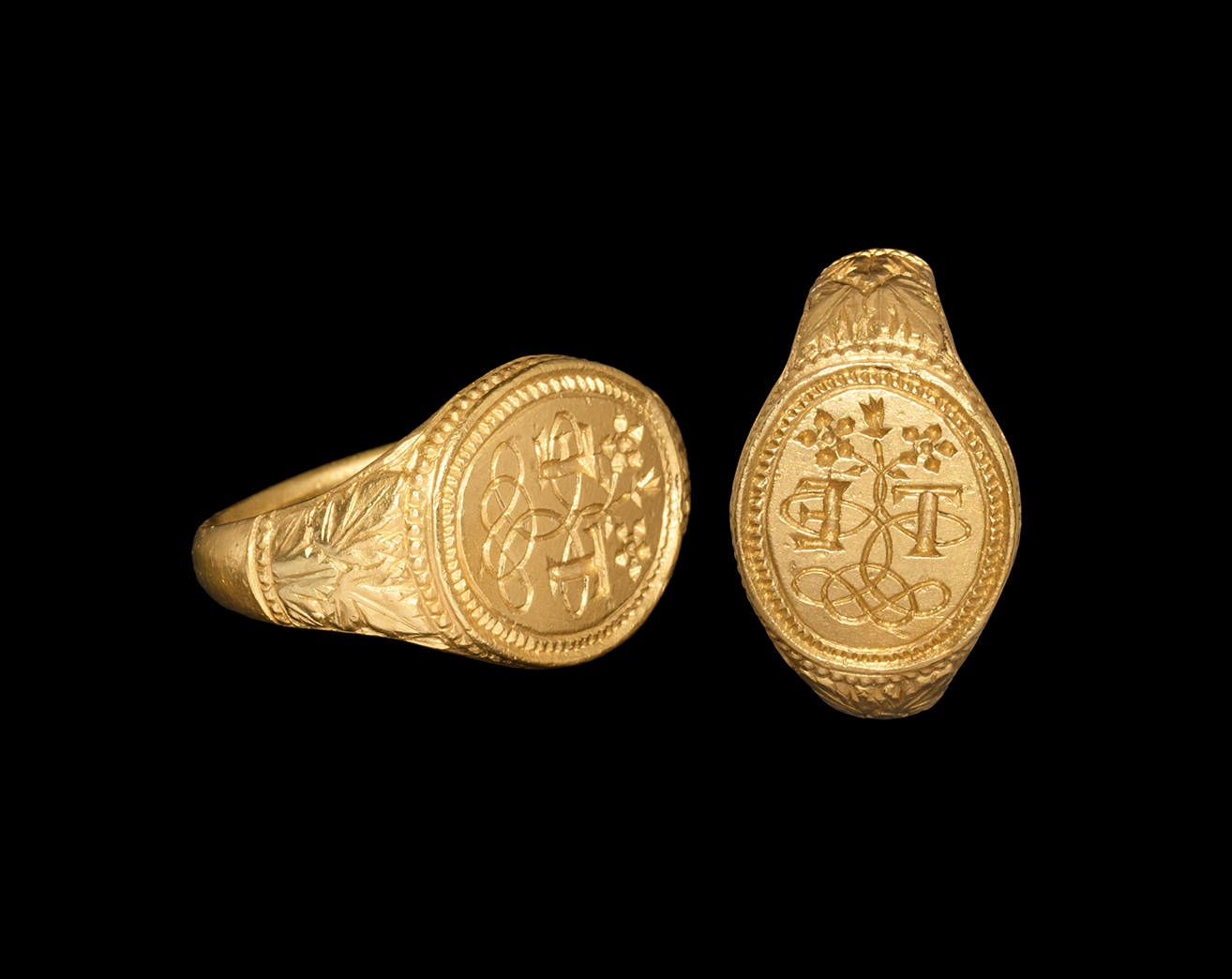
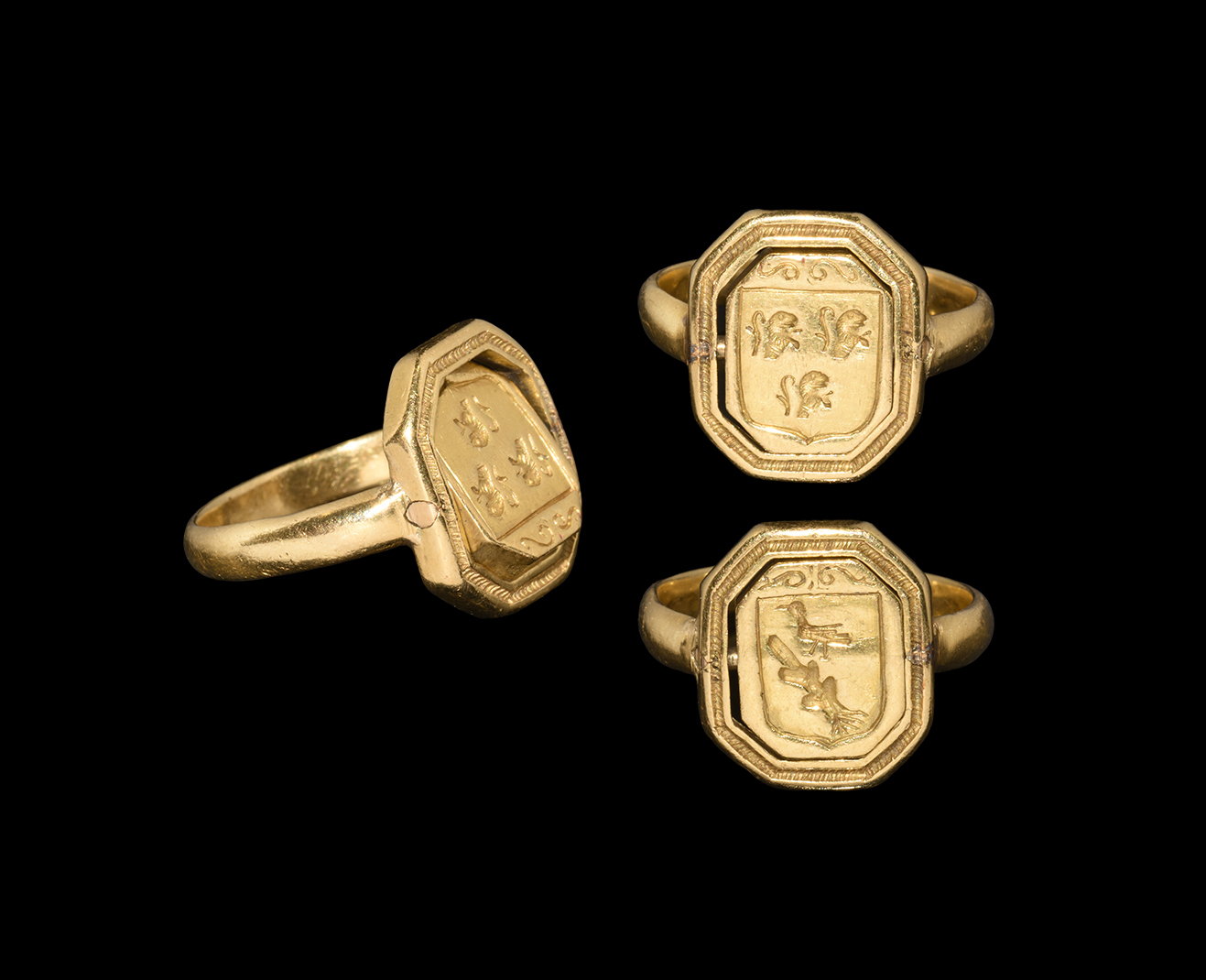
Try LotSearch and its premium features for 7 days - without any costs!
Be notified automatically about new items in upcoming auctions.
Create an alert